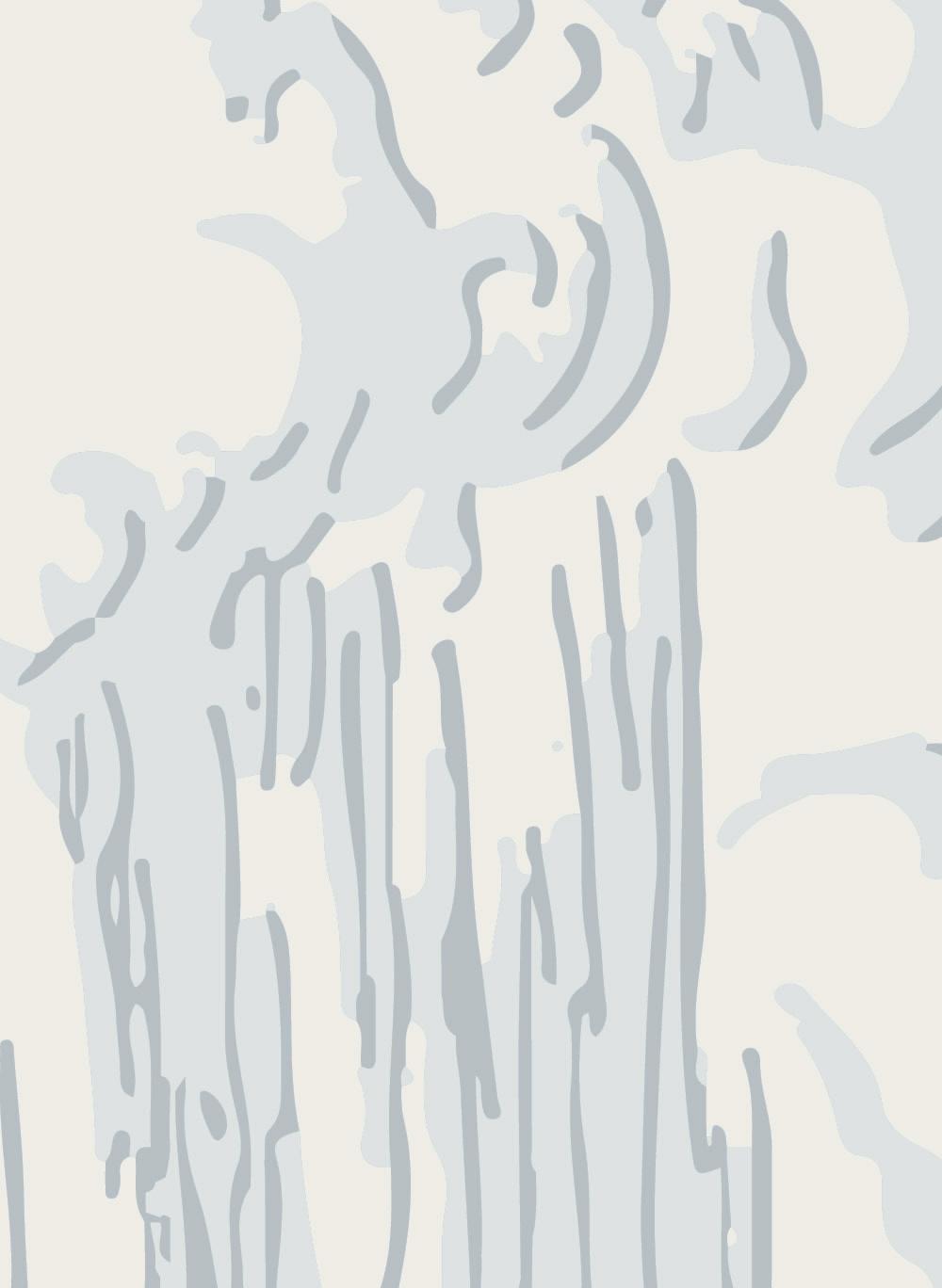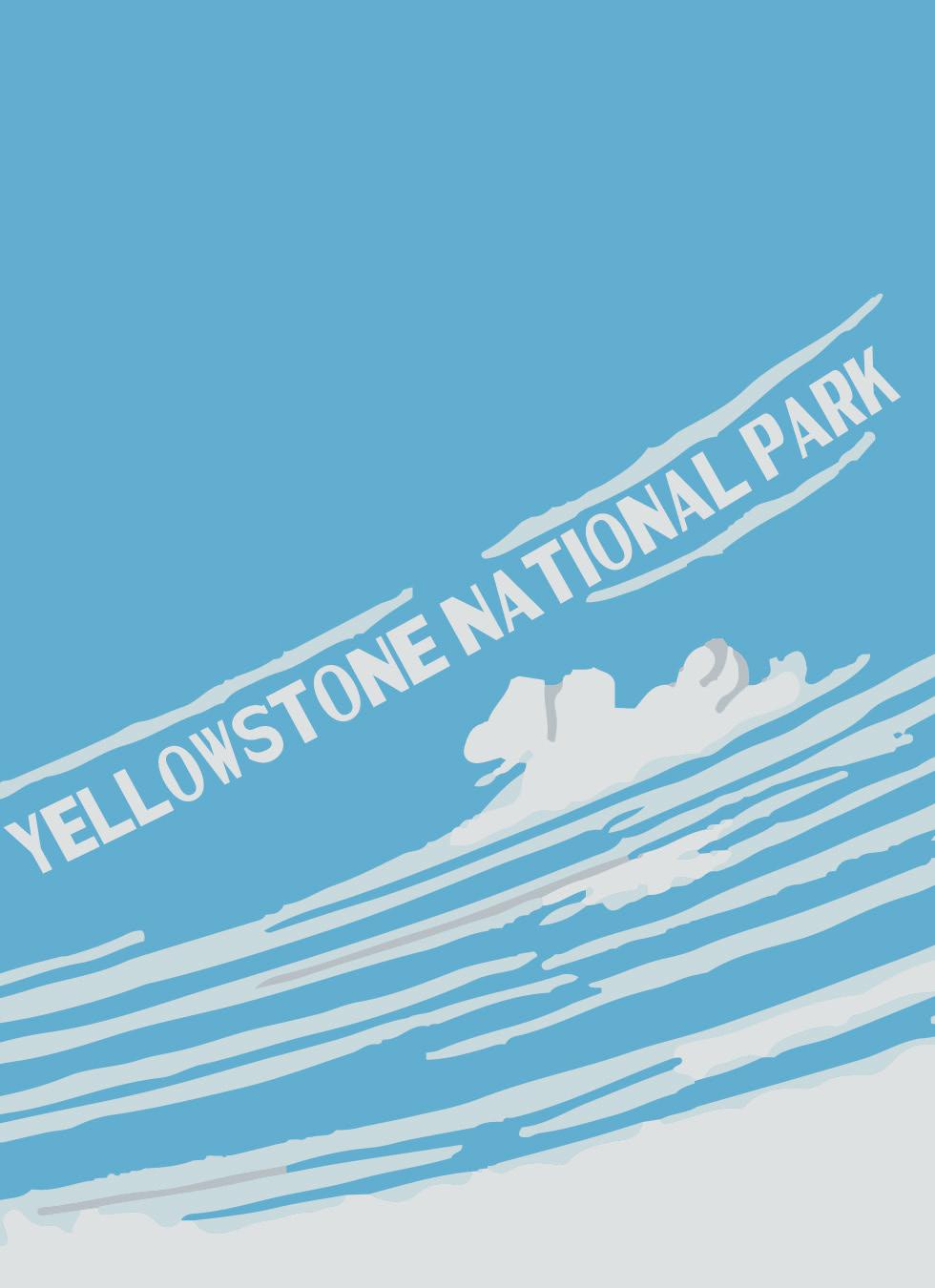
2 minute read
Geologic History
from 50 Iterations
by saraholick
GEOLOGIC HISTORY
The landscape of the Greater Yellowstone Ecosystem is the result of various geological processes over the last 150 million years. Here, Earth’s crust has been compressed, pulled apart, glaciated, eroded, and subjected to volcanism. All of this geologic activity formed the mountains, canyons, and plateaus that define the natural wonder that is Yellowstone National Park.
Advertisement
While these mountains and canyons may appear to change very little during our lifetime, they are still highly dynamic and variable. Some of Earth’s most active volcanic, hydrothermal (water + heat), and earthquake systems make this national park a priceless treasure. In fact, Yellowstone was established as the world’s first national park primarily because of its extraordinary geysers, hot springs, mudpots and steam vents, as well as other wonders such as the Grand Canyon of the Yellowstone River.
Yellowstone’s geologic story provides examples of how geologic processes work on a planetary scale. The foundation to understanding this story begins with the structure of the Earth and how this structure shapes the planet’s surface.
Earth is frequently depicted as a ball with a central core surrounded by concentric layers that culminate in the crust or outer shell. The distance from Earth’s surface to its center or core is approximately 4,000 miles. The core of the earth is divided into two parts. The mostly iron and nickel inner core (about 750 miles in diameter) is extremely hot but solid due to immense pressure. The iron and nickel 17
GEOLOGIC HISTORY
outer core (1,400 miles thick) is hot and molten. The mantle (1,800 miles thick) is a dense, hot, semi-solid layer of rock. Above the mantle is the relatively thin crust, three to 48 miles thick, forming the continents and ocean floors.
In the key principles of Plate Tectonics, Earth’s crust and upper mantle (lithosphere) is divided into many plates, which are in constant motion. Where plate edges meet, they may slide past one another, pull apart from each other, or collide into each other. When plates collide, one plate is commonly driven beneath another (subduction). Subduction is possible because continental plates are made of less dense rocks (granites) that are more buoyant than oceanic plates (basalts) and, thus, “ride” higher than oceanic plates. At divergent plate boundaries, such as midocean ridges, the upwelling of magma pulls plates apart from each other.
Many theories have been proposed to explain crustal plate movement. Scientific evidence shows that convection currents in the partially molten asthenosphere (the zone of mantle beneath the lithosphere)move the rigid crustal plates above. The volcanism that has so greatly shaped today’s Yellowstone is a product of plate movement combined with convective upwellings of hotter, semi-molten rock we call mantle plumes.











